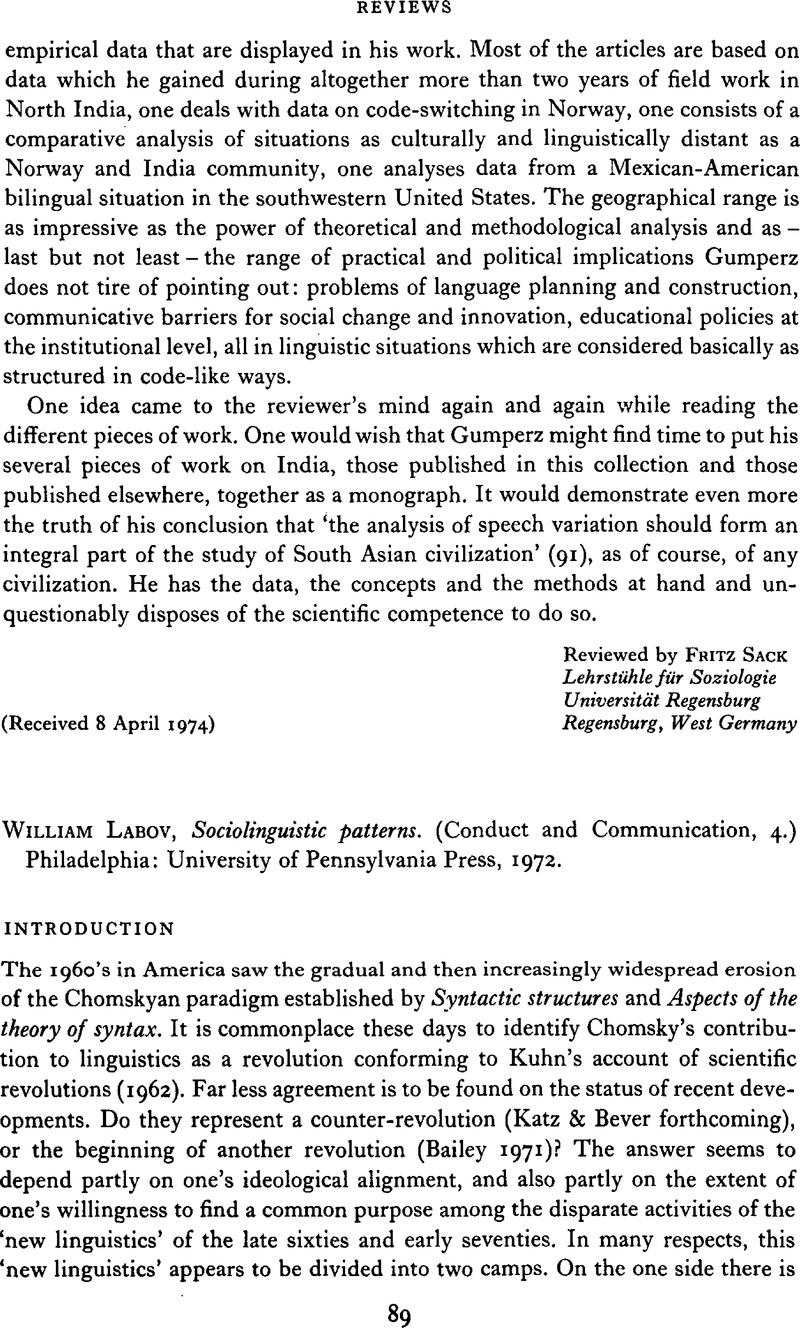Crossref Citations
This article has been cited by the following publications. This list is generated based on data provided by Crossref.
2015.
Interdisciplinary Perspectives on Im/politeness.
Vol. 14,
Issue. ,
p.
91.
Martin, Clara D.
Garcia, Xavier
Potter, Douglas
Melinger, Alissa
and
Costa, Albert
2016.
Holiday or vacation? The processing of variation in vocabulary across dialects.
Language, Cognition and Neuroscience,
Vol. 31,
Issue. 3,
p.
375.
MARIAM TITILOPE, GOBIR
2021.
A Clinical Approach to the Assessment of Selected Three-Year-Old Pupils’ Renditions.
All Nations University Journal of Applied Thought,
p.
142.
MARIAM TITILOPE, GOBIR
2021.
A Clinical Approach to the Assessment of Selected Three-Year-Old Pupils’ Renditions.
All Nations University Journal of Applied Thought,
p.
142.





